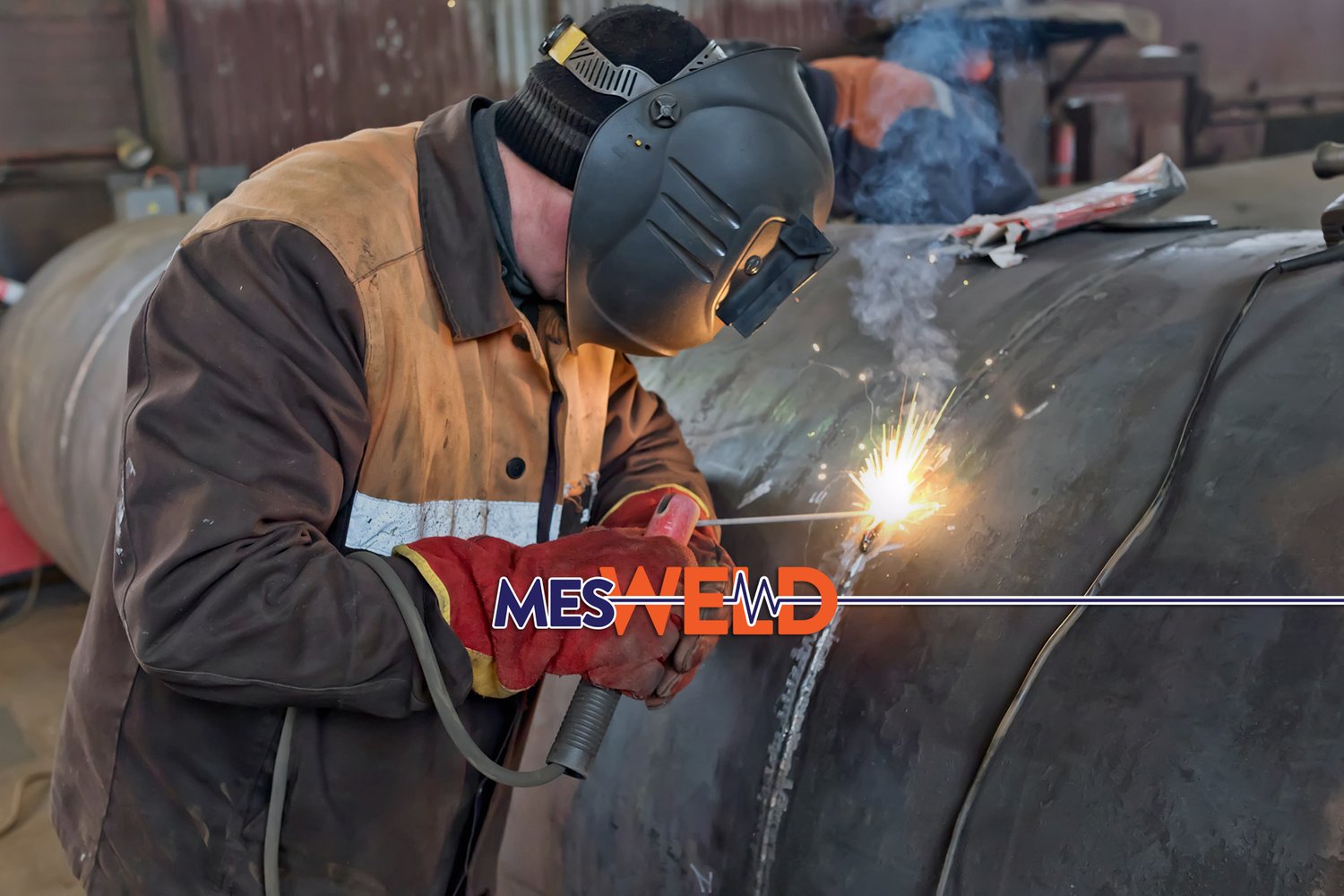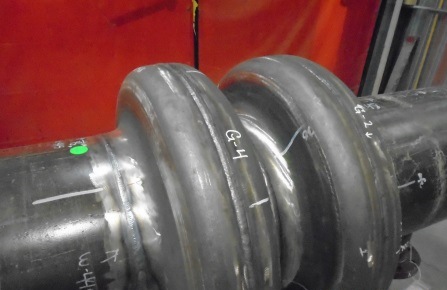Exactly How Welding Inspection Milwaukee Enhances Architectural Integrity
Exactly How Welding Inspection Milwaukee Enhances Architectural Integrity
Blog Article
Trick Factors to Consider in Welding Evaluation for Top Quality Guarantee
Welding evaluation is an important facet of quality control that encompasses numerous factors important for making sure the stability of welded structures. Key factors to consider consist of the choice of appropriate inspection techniques, the credentials of workers, and adherence to industry criteria. The efficiency of different inspection techniques-- such as visual, ultrasonic, and radiographic testing-- can considerably influence the outcomes of high quality evaluations. In addition, durable documentation practices are important for preserving traceability and facilitating continual improvement. Nevertheless, the interaction of these components raises additionally inquiries regarding just how they can be enhanced to enhance general welding top quality.
Kinds of Welding Processes
Welding processes encompass a selection of strategies used to sign up with products, primarily metals, with the application of warm, stress, or both. The most typical kinds of welding processes include arc welding, gas welding, resistance welding, and solid-state welding.
Arc welding, which consists of approaches like Shielded Metal Arc Welding (SMAW) and Gas Tungsten Arc Welding (GTAW), employs an electrical arc to generate warm for thawing the base metals and filler materials. Gas welding, usually described as oxy-fuel welding, makes use of a fire generated by burning a fuel gas with oxygen to melt the metals.
Resistance welding, consisting of place and seam welding, depends on the warmth created from electrical resistance to bond materials, typically made use of in vehicle manufacturing. Solid-state welding processes, such as rubbing welding and ultrasonic welding, sign up with materials without melting them, making use of mechanical pressure and frictional heat.
Each welding process has particular applications, staminas, and constraints, making the option of the appropriate method important for achieving desired weld quality and performance. Welding Inspection Milwaukee. Understanding these processes is essential for ensuring reliable welding practices and supporting quality control in fabrication and production markets
Assessment Devices and techniques
To guarantee the integrity and reliability of welded joints, various inspection techniques and devices are utilized throughout the welding procedure. These methods can be broadly categorized right into non-destructive testing (NDT) and devastating screening (DT) approaches. NDT approaches, which do not jeopardize the honesty of the bonded element, include aesthetic inspection, ultrasonic testing, radiographic testing, magnetic fragment testing, and liquid penetrant testing.
Visual evaluation is the most basic strategy, enabling the instant identification of surface area issues. Ultrasonic screening uses high-frequency sound waves to discover internal imperfections, while radiographic screening employs X-rays or gamma rays to imagine the interior framework of welds. Magnetic bit testing works for discovering surface and near-surface gaps in ferromagnetic materials, and liquid penetrant testing exposes surface-breaking issues by using a tinted color or fluorescent penetrant.
On the other hand, harmful screening includes physically testing the welded joint till failing to examine its mechanical properties. Tools such as tensile testing makers, effect testers, and firmness testers are commonly used in this context. By employing a combination of these tools and strategies, inspectors can ensure the top quality and security of bonded structures.

Value of Documents
In the world of welding assessment, appropriate documents offers as a crucial foundation for quality control and governing conformity. Documentation includes a wide variety of records, consisting of weld procedure requirements, inspection reports, and non-destructive testing results. These documents not only offer a chronological account of the assessment process however likewise act as a referral for future evaluations and audits.
Exact paperwork ensures that all welding activities are verifiable additional hints and deducible, assisting in adherence to relevant industry requirements and codes. It ends up being crucial during the evaluation process, allowing stakeholders to analyze compliance with specifications and identify any type of deviations or issues. Moreover, thorough documents support reliable interaction among staff member and exterior auditors, promoting additional hints a society of transparency and accountability.
In enhancement, properly maintained documentation can substantially lower the danger of expensive rework or failures. By ensuring that all necessary info is tape-recorded and available, companies can enhance their quality control procedures, ultimately boosting the integrity of the welded structures. Investing time and resources into producing durable documentation methods is not merely a step-by-step demand yet a critical necessary for achieving lasting success in welding operations.
Personnel Qualifications and Training
How can companies ensure the expertise of their welding personnel? To maintain high requirements of quality control, it is necessary for organizations to spend in extensive training programs customized to the specific requirements of the welding market. Welding Inspection Milwaukee. This entails not only initial training but additionally continual education and learning to keep personnel abreast of developing approaches and modern technologies
Organizations must establish clear standards for employees qualifications, consisting of relevant qualifications and experience in different welding techniques. Utilizing qualified welding inspectors (CWIs) can improve the high quality advice of inspections, as these professionals possess the needed proficiency to identify prospective problems and ensure adherence to finest methods.
In enhancement to technological skills, organizations should foster a society of safety and conformity among their welding personnel. Providing regular workshops and refresher courses can aid strengthen the value of safety and security protocols and the effects of non-compliance.
Moreover, companies ought to implement performance analyses and comments mechanisms to analyze workers proficiency over time. By systematically resolving training demands and advertising a dedication to top quality, companies can boost their welding evaluation procedures, ultimately leading to improved product honesty and client contentment.
Compliance With Sector Requirements
Sticking to industry criteria is critical for making sure the quality and safety of welding operations. Conformity with recognized requirements, such as those set by the American Welding Society (AWS), American National Criteria Institute (ANSI), and International Company for Standardization (ISO), offers a framework for evaluating the honesty of welded frameworks. These requirements encompass numerous elements of welding, including product selection, layout requirements, and step-by-step techniques.
Welding assessments need to be conducted based on these criteria to validate that the work fulfills the needed high quality standards. This includes visual assessments, non-destructive screening (NDT), and comprehensive documents of findings. Making sure conformity not just enhances the dependability of the welds however also minimizes threats connected with structural failures.
Furthermore, adherence to market standards fosters a culture of safety and professionalism and reliability within the labor force. It establishes a benchmark for efficiency and urges continuous improvement through routine audits and training. Inevitably, compliance is not simply a regulative need; it is a commitment to excellence that shields both personnel and the setting while delivering premium welding items.

Verdict

Welding assessment is a crucial facet of top quality assurance that encompasses numerous factors important for ensuring the integrity of bonded frameworks.To guarantee the honesty and reliability of bonded joints, numerous inspection strategies and tools are utilized throughout the welding process.In the realm of welding assessment, correct documents offers as an essential backbone for quality assurance and regulative conformity.Welding inspections must be conducted in accordance with these standards to verify that the work fulfills the necessary top quality standards.In final thought, reliable welding assessment for quality assurance calls for a complex method that includes the choice of proper inspection techniques, stringent adherence to market criteria, and thorough documentation of results.
Report this page